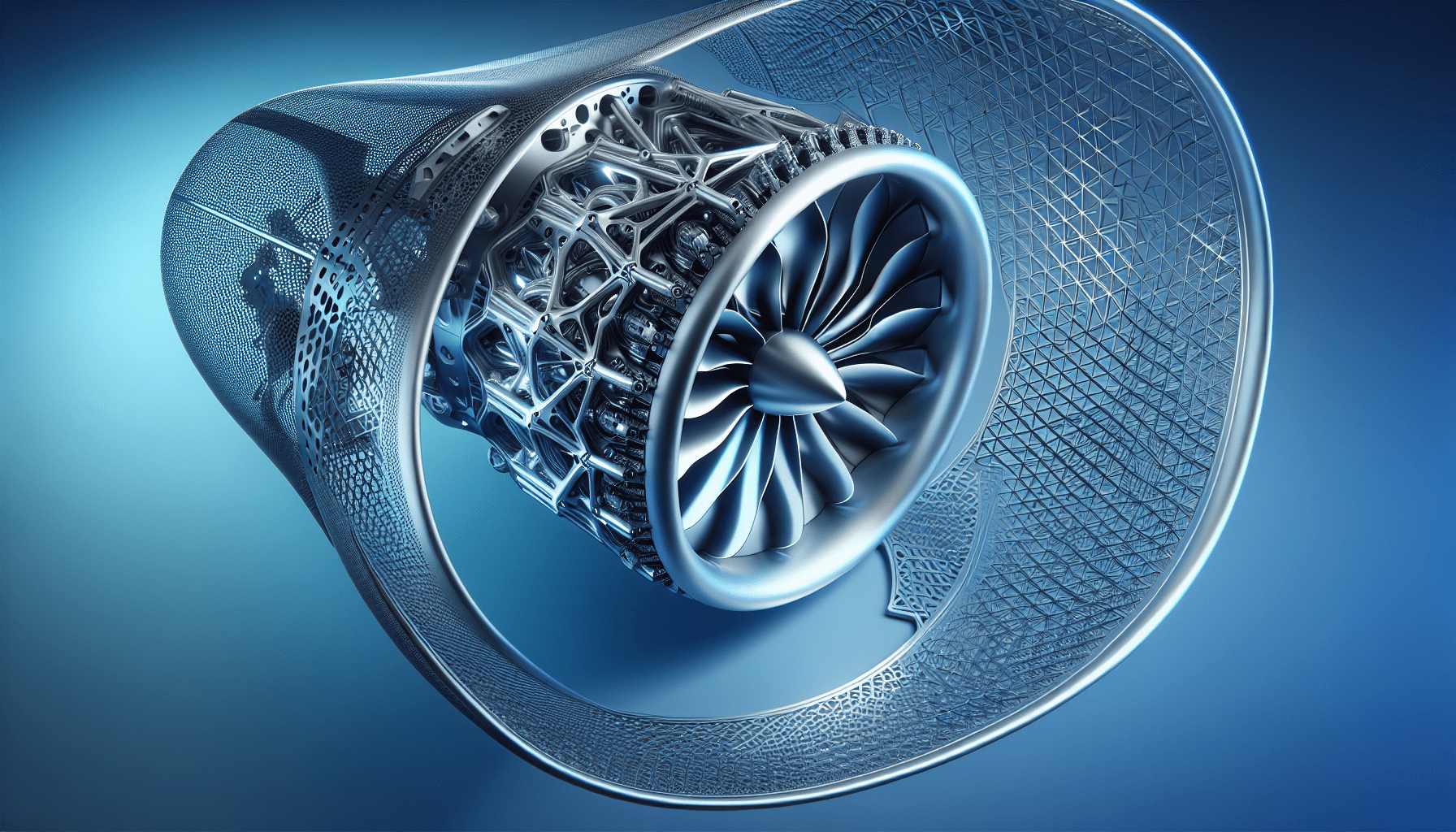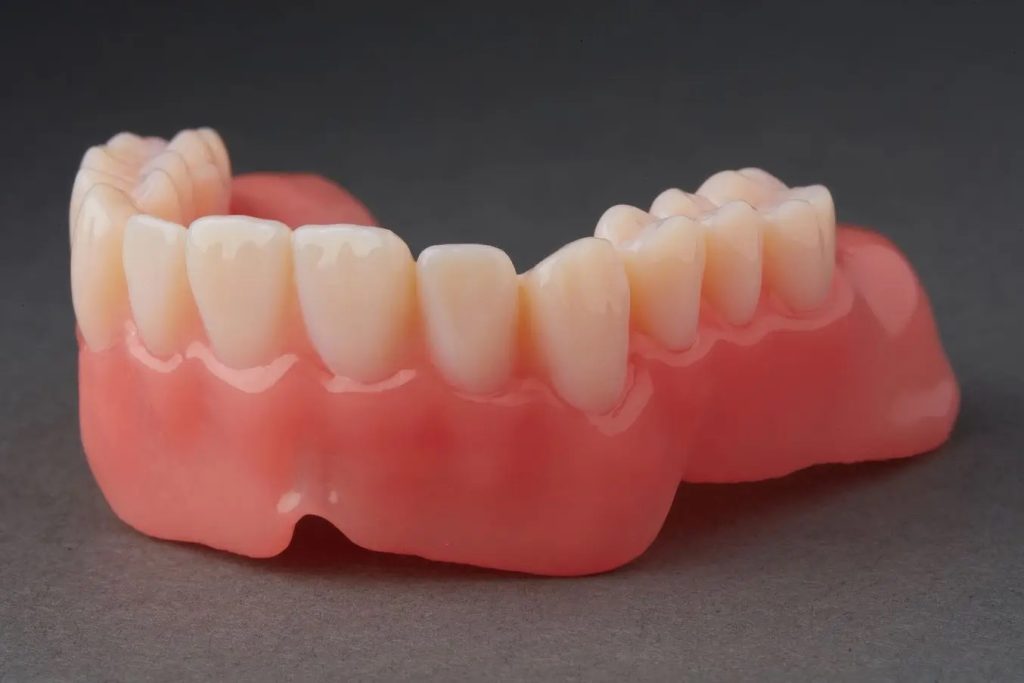Creality Ender 3 V3 SE 3D Printer, 250mm/s Faster FDM 3D Printers with CR Touch Auto Leveling, Sprite Direct Extruder Auto-Load Filament Dual Z-axis & Y-axis, Printing Size 8.66 * 8.66 * 9.84 inch
$186.15 (as of June 19, 2025 23:45 GMT +00:00 - More infoProduct prices and availability are accurate as of the date/time indicated and are subject to change. Any price and availability information displayed on [relevant Amazon Site(s), as applicable] at the time of purchase will apply to the purchase of this product.)Welcome to the world of cutting-edge aerospace innovation at the Additive Manufacturing Advantage Aerospace (AMAA) symposium! This exciting online event, scheduled for July 16th, 2024, is designed for aerospace, space, and defense professionals eager to dive into the latest additive manufacturing technologies. The symposium boasts a stellar lineup of expert speakers, including Paul Gradl from NASA, Evren Yasa from the University of Sheffield’s AMRC, and many more industry trailblazers. Through expert-led sessions, engaging panel discussions, and insightful case studies, you’ll gain invaluable knowledge, expand your professional network, and be at the forefront of technology adoption in your field. Don’t miss your chance to be part of this transformative experience by registering today! Have you ever wondered how cutting-edge technologies are transforming the aerospace industry? If so, you’re not alone. The aerospace, space, and defense sectors are always at the forefront of technological innovation, and one of the most transformative advancements in recent years is the advent of additive manufacturing.

$30 off $400+ Anycubic Products with code AC30OFF
Additive Manufacturing Advantage Aerospace (AMAA): Event Overview
Additive Manufacturing Advantage Aerospace (AMAA) is more than just an event; it’s a groundbreaking online symposium designed for professionals who are passionate about aerospace, space, and defense. The focus of AMAA is to highlight and leverage the latest in additive manufacturing technologies, which are revolutionizing these industries.
Why Attend AMAA?
Whether you’re an engineer, a researcher, or a business leader, AMAA offers a unique platform to enhance your professional network and stay updated on the latest technological trends. Through expert-led sessions, panel discussions, and case studies, you will gain invaluable insights into how additive manufacturing can be applied to various aerospace applications.
Goals of the Symposium
AMAA has several key objectives:
- To provide a comprehensive understanding of how additive manufacturing can be applied in aerospace and defense.
- To foster collaboration among professionals in various sectors.
- To accelerate the adoption of additive manufacturing technologies.
- To offer real-world examples and case studies that show the practical benefits and challenges of these technologies.
So, mark your calendars! This is an event you won’t want to miss.
Initial Speakers: A Closer Look
Now that we’ve set the stage, let’s dive deeper into the lineup of illustrious speakers who will be sharing their expertise at the AMAA symposium.
Paul Gradl
Paul Gradl is a Principal Engineer at NASA Marshall Space Flight Center. He is an expert in additive manufacturing for rocket engines. With years of experience at one of the world’s leading space organizations, Paul will provide invaluable insights into how NASA is leveraging additive manufacturing to push the boundaries of space exploration.
Evren Yasa
Next up is Evren Yasa, the Head of Additive Manufacturing at the University of Sheffield’s Advanced Manufacturing Research Centre (AMRC). Specializing in laser-based manufacturing, Evren will share his expertise on how this technology can be used to create more efficient and durable aerospace components.
Youping Gao
Youping Gao, the founder of Castheon Inc., is a specialist in additive manufacturing for hypersonics and rocket propulsion. His session promises to delve into the specifics of how these advanced manufacturing techniques can improve both speed and efficiency in aerospace applications.
Martin White
Martin White serves as the Director of Technical Operations at ASTM International, focusing on aerospace structure certification. His extensive background provides a regulatory perspective essential for anyone looking to implement additive manufacturing technologies in aerospace.
John Barnes
John Barnes is the President of The Barnes Global Advisors and brings extensive experience in aerospace additive manufacturing. His wealth of knowledge will be particularly beneficial for those looking to understand the broader business implications of adopting these technologies.
Emily Fehrman Cory
As the CEO of Airship Consulting LLC, Emily Fehrman Cory specializes in nanofabrication and innovation methods. Her insights will be invaluable for those interested in the next frontier of manufacturing technologies.
Jeph Ruppert
Jeph Ruppert is the VP of Technical Business Development at 3D Systems, and his expertise in metal additive manufacturing will provide a deep dive into the technical nuances and practical applications of this technology.
Stefan Bindl
Stefan Bindl, the Director of Engineering at AM Global Holding GmbH, will offer a comprehensive look at advanced manufacturing specifically tailored for aerospace applications.
Scott Sevcik
Scott Sevcik is the VP of Strategy & Business Development at AM Craft. With his experience in aerospace engineering and program management, Scott will provide insights into the strategic aspects of adopting additive manufacturing technologies.
Maximilian Strixner
Last but not least, Maximilian Strixner is a Senior Additive Manufacturing Engineer at The Exploration Company, focusing on space propulsion components. His session will be particularly intriguing for those interested in the practical applications of additive manufacturing in space exploration.
Buy Photon Mono M5 Get Free 1KG Resin
Event Details
Date
The symposium is scheduled for July 16th, 2024. Make sure to reserve this date, as it’s an opportunity to learn from the best in the business.
Registration
Registration is now open, and a link is provided for those interested in attending AMAA 2024. Early registration is recommended to secure your spot at this highly anticipated event.
Why Additive Manufacturing in Aerospace?
Additive manufacturing, also known as 3D printing, has several advantages that make it particularly suitable for aerospace applications. Here’s a closer look at why this technology is gaining traction in the aerospace industry.
Weight Reduction
One of the most significant benefits of additive manufacturing is the potential for weight reduction. In aerospace, every gram counts. Lighter components mean better fuel efficiency and cost savings. Additive manufacturing allows for intricate designs that traditional manufacturing methods can’t achieve, leading to parts that are both lighter and stronger.
Cost Efficiency
Traditional manufacturing methods often require expensive molds and tooling, which can be cost-prohibitive for small production runs. Additive manufacturing eliminates the need for these, making it a more cost-effective solution. This is especially beneficial for producing custom or low-volume parts.
Complex Designs
Additive manufacturing allows for the creation of complex geometries that would be impossible with traditional manufacturing methods. This capability is particularly useful in aerospace applications, where components often require intricate designs to ensure optimal performance.
Rapid Prototyping
The ability to quickly produce prototypes is another significant advantage of additive manufacturing. This speeds up the design and testing process, allowing for faster iteration and development of new aerospace technologies.
Enhanced Material Properties
New materials specifically designed for additive manufacturing are continually being developed. These materials offer enhanced properties such as increased strength, thermal resistance, and durability, making them ideal for aerospace applications.
Sustainability
Additive manufacturing is generally more sustainable than traditional manufacturing methods. It produces less waste, uses fewer materials, and often involves less energy-intensive processes. In an industry increasingly focused on sustainability, these benefits are particularly appealing.

Case Studies in Aerospace Additive Manufacturing
To understand the real-world impact of additive manufacturing in aerospace, let’s look at some compelling case studies.
NASA’s Use of 3D Printing for Rocket Engines
NASA has been a pioneer in adopting additive manufacturing for rocket engines. By using 3D printing to produce complex components, NASA has been able to reduce the weight and increase the efficiency of its rocket engines. This not only lowers costs but also enhances the performance of their spacecraft.
| Component | Traditional Weight (kg) | 3D Printed Weight (kg) |
|---|---|---|
| Rocket Engine | 150 | 100 |
| Fuel Injector | 50 | 30 |
| Turbine Blade | 10 | 7 |
Airbus and Additive Manufacturing
Airbus has also embraced additive manufacturing to produce various components for its aircraft. The company has reported significant cost savings and performance improvements by using 3D printed parts. For example, Airbus uses 3D printing to produce cabin components, brackets, and even wing parts.
GE Aviation’s Leap Engine
GE Aviation has successfully used additive manufacturing to create fuel nozzles for its leap engine. These 3D printed nozzles are five times more durable and significantly lighter than their traditionally manufactured counterparts. This innovation has led to improved fuel efficiency and lower emissions.
Overcoming Challenges in Additive Manufacturing for Aerospace
While the advantages are clear, adopting additive manufacturing in aerospace is not without its challenges. Here are some of the hurdles and how industry leaders are addressing them.
Quality Control and Certification
Ensuring the quality and safety of 3D printed parts is crucial in aerospace applications. This involves rigorous testing and certification processes. Organizations like ASTM International are working on developing standards and guidelines to ensure the reliability of additive manufactured components.
Material Limitations
Although new materials are continually being developed, there are still limitations in terms of the types of materials that can be used for 3D printing. Researchers are actively working on expanding the range of materials to include more high-performance options suitable for aerospace applications.
Scalability
Scaling additive manufacturing for mass production remains a challenge. However, advances in technology and increased investment in research are gradually making it feasible to produce larger quantities of 3D printed parts.
Cost
While additive manufacturing can be cost-effective for small production runs, the initial setup costs can be high. Companies are exploring ways to reduce these costs through innovations in technology and economies of scale.
The Future of Additive Manufacturing in Aerospace
The future of additive manufacturing in aerospace looks incredibly promising. As the technology continues to evolve, its applications will expand, leading to even greater innovation and efficiency in the aerospace industry.
Emerging Trends
Several emerging trends are set to shape the future of additive manufacturing in aerospace:
- Multi-Material Printing: The ability to print with multiple materials simultaneously will open up new possibilities for creating complex, high-performance components.
- Automation and AI: Integrating AI and automation into the additive manufacturing process will enhance precision and efficiency, reducing the potential for human error.
- Sustainable Practices: As sustainability becomes a more significant focus, additive manufacturing will play a crucial role in reducing waste and optimizing resource use.
Collaborative Efforts
The success of additive manufacturing in aerospace will hinge on collaborative efforts among industry players, research institutions, and regulatory bodies. Events like AMAA are vital for fostering these collaborations and driving the industry forward.
Continuous Innovation
Continuous innovation is the cornerstone of the aerospace industry. As additive manufacturing technologies advance, we can expect to see even more groundbreaking applications, from improved aircraft components to more efficient spacecraft.
Conclusion
Additive Manufacturing Advantage Aerospace (AMAA) is an event that offers unparalleled insights into the transformative power of additive manufacturing in the aerospace industry. With a stellar lineup of speakers and a comprehensive agenda, attending this symposium will equip you with the knowledge and connections needed to stay ahead in this rapidly evolving field.
Don’t miss out on this opportunity to learn from the best, network with industry leaders, and discover how additive manufacturing can revolutionize your aerospace projects. Register now for AMAA 2024 and be part of the future of aerospace innovation!
Remember to keep July 16th, 2024, free on your calendar. We look forward to seeing you there!
$30 off $400+ Anycubic Products with code AC30OFF








